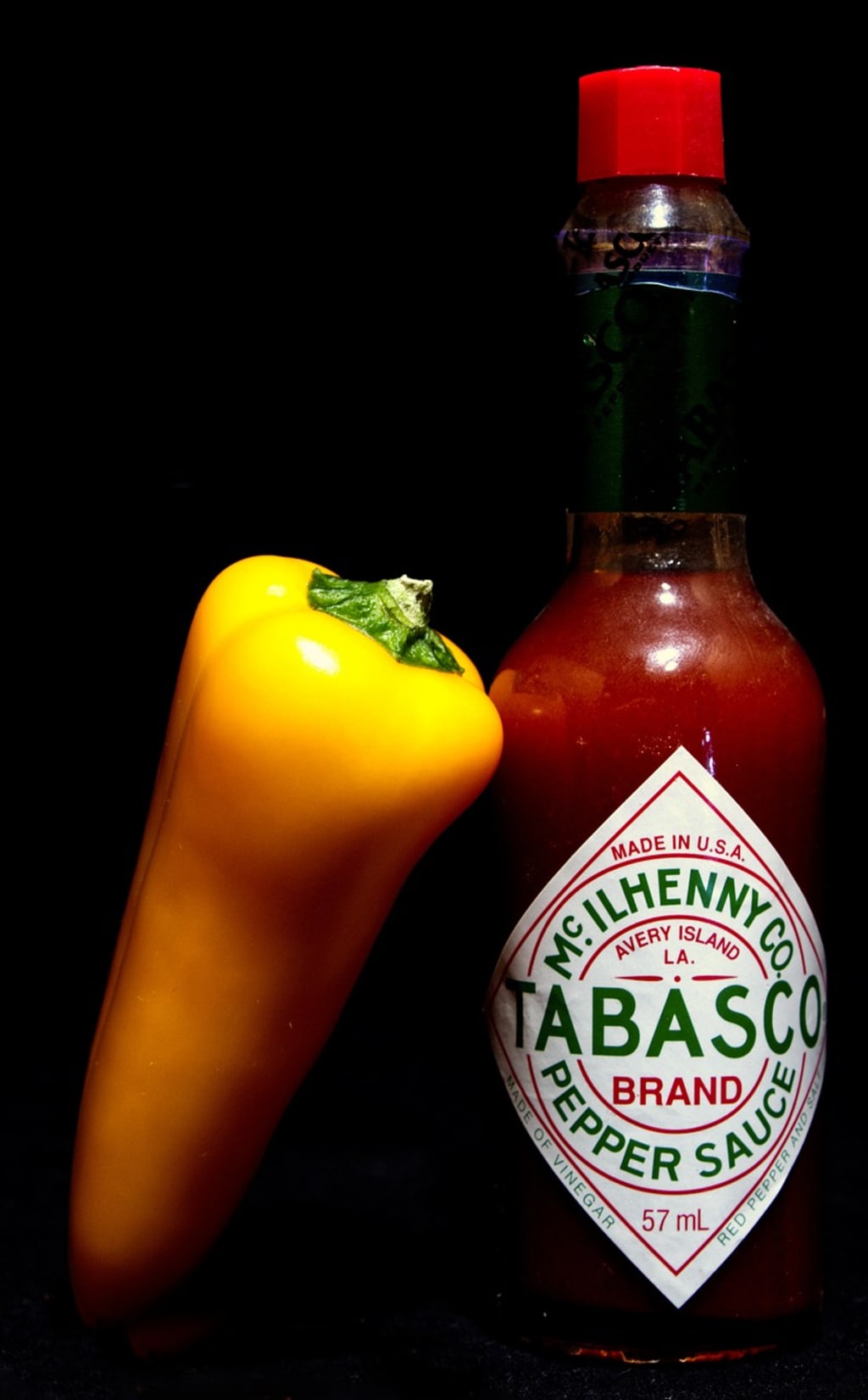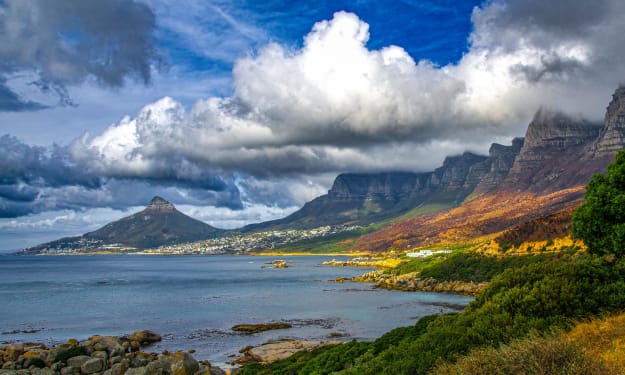"Tabasco's Recipe for Resilience: The Journey from Pepper to Bottle"
ideas

**Introduction**
Tabasco, the iconic hot sauce with a recipe dating back to 1868, has been a staple in households around the world. This fiery concoction of red peppers, vinegar, and salt has remained unchanged for over a century. The heart of Tabasco's production lies in Southern Louisiana, where the McIlhenny family has maintained its headquarters on Avery Island. However, the very home of this renowned hot sauce faces a new challenge – the encroaching threat of climate change. In this article, we delve into the intricate process that transforms tiny red peppers into the globally recognized Tabasco sauce, exploring the family's commitment to preserving both their spicy tradition and their vulnerable island sanctuary.
**Preserving the Legacy: From Seed to Greenhouse**
The journey begins in Southern Louisiana, where Christian Brown, the great-great-grandson of Tabasco's founder Edmund McIlhenny, oversees the cultivation of peppers. The McIlhenny family grows peppers exclusively for their seeds in a greenhouse, carefully selecting plants that yield the perfect size, color, and flavor. This meticulous process ensures the consistency and quality of Tabasco peppers. The family's commitment to preserving the legacy is evident as they send only the strongest seeds to over a thousand Tabasco farms worldwide.
**The Art of Pepper Harvesting**
Tabasco peppers, originating from the Amazon in South America, are six times hotter than a jalapeno, yet they are remarkably small – only one to one and a half inches long, weighing a mere gram each. Due to their delicate nature, the harvesting of these peppers is a manual process. Workers hand-pick 10 million pounds of peppers annually, ensuring that each pepper is carefully selected to maintain the highest quality.
**The Fermentation Process: Transforming Peppers into Mash**
Once harvested, the peppers are transported to Avery Island through the port of New Orleans. The peppers are then mashed into a paste, a step crucial to the creation of Tabasco sauce. This process isn't limited to Louisiana; footage from Peru demonstrates a similar procedure. The paste is pumped into white oak barrels, some as old as 60 years, where it undergoes a meticulous fermentation process.
The barrels, repurposed from the bourbon industry, are not perfect, lacking airtight seals. To counter this, workers pour salt on top, creating an additional protective layer. Each barrel is stacked according to the origin of the mash, forming an impressive display of over a thousand barrels, aging and evolving over three years.
**Blending: Crafting the Signature Tabasco Flavor**
The aged mash is then pumped into the blending room, where the unmistakable aroma of peppers fills the air. Morris Montgomery, known as "Nook," oversees the blending process. Despite peppers originating from various countries, Nook ensures uniformity in taste. Vinegar is added, and the blend matures for up to 28 days, resulting in the distinctive Tabasco flavor. Strainers remove pepper pulp and seeds, leaving a smooth, spicy mixture ready for the next step.
**Bottling: From Blending Room to Store Shelves**
The final product moves to the bottling phase, where John Simmons, a sixth-generation member of the McIlhenny family, plays a crucial role. The factory fills an impressive 700,000 bottles daily, ranging from miniatures to the iconic five-ounce bottles. The process has evolved, with machines handling the majority of the filling, capping, and labeling. From here, the bottles are packaged, ready to embark on a global journey.
**Challenges and Resilience: Protecting Avery Island**
While Tabasco's journey from seed to bottle is captivating, the very existence of Avery Island, the home of this spicy legacy, is under threat. Louisiana's sinking coast, coupled with the increasing frequency and intensity of hurricanes, poses a significant risk to the island's survival.
**Climate Change Threat: Protecting the Tabasco Legacy**
Avery Island, rising 163 feet above sea level, has historically been a refuge for the McIlhenny family during hurricanes. However, the island's elevation cannot shield it from the gradual sinking of Louisiana's coast. The loss of wetlands, exacerbated by a third of an inch sinking per year, leaves Avery Island vulnerable to storm damage.
**Hurricane Resilience Measures: A Battle Against Nature**
In response to the escalating threat, the McIlhenny family has invested millions in protective measures. After Hurricane Rita in 2005, which submerged parts of the island, an 18-foot levee and a pump system were installed around the factory. Water control structures were strategically placed to shield the cypress trees from saltwater intrusion. The slow process of marsh recovery involves planting tall grasses and diligent land management.
Heath Romero, Avery Island's land manager, emphasizes the necessity of taking proactive measures: "You can't wait for somebody else to help you. You have to take action in your own self and try and protect what you have."
**Conclusion: A Spicy Legacy in Peril**
The journey from pepper to bottle is not just a culinary process; it's a testament to a family's dedication and resilience against both time and nature. Tabasco's unique blend of peppers, coupled with the McIlhenny family's commitment to tradition, has created an iconic product enjoyed worldwide. However, the threat to Avery Island serves as a stark reminder that even the spiciest legacies are not immune to the challenges posed by a changing climate. As the sixth generation fights to preserve both Tabasco and its home, the world watches, eager to see this fiery tradition endure against all odds.





Comments
There are no comments for this story
Be the first to respond and start the conversation.